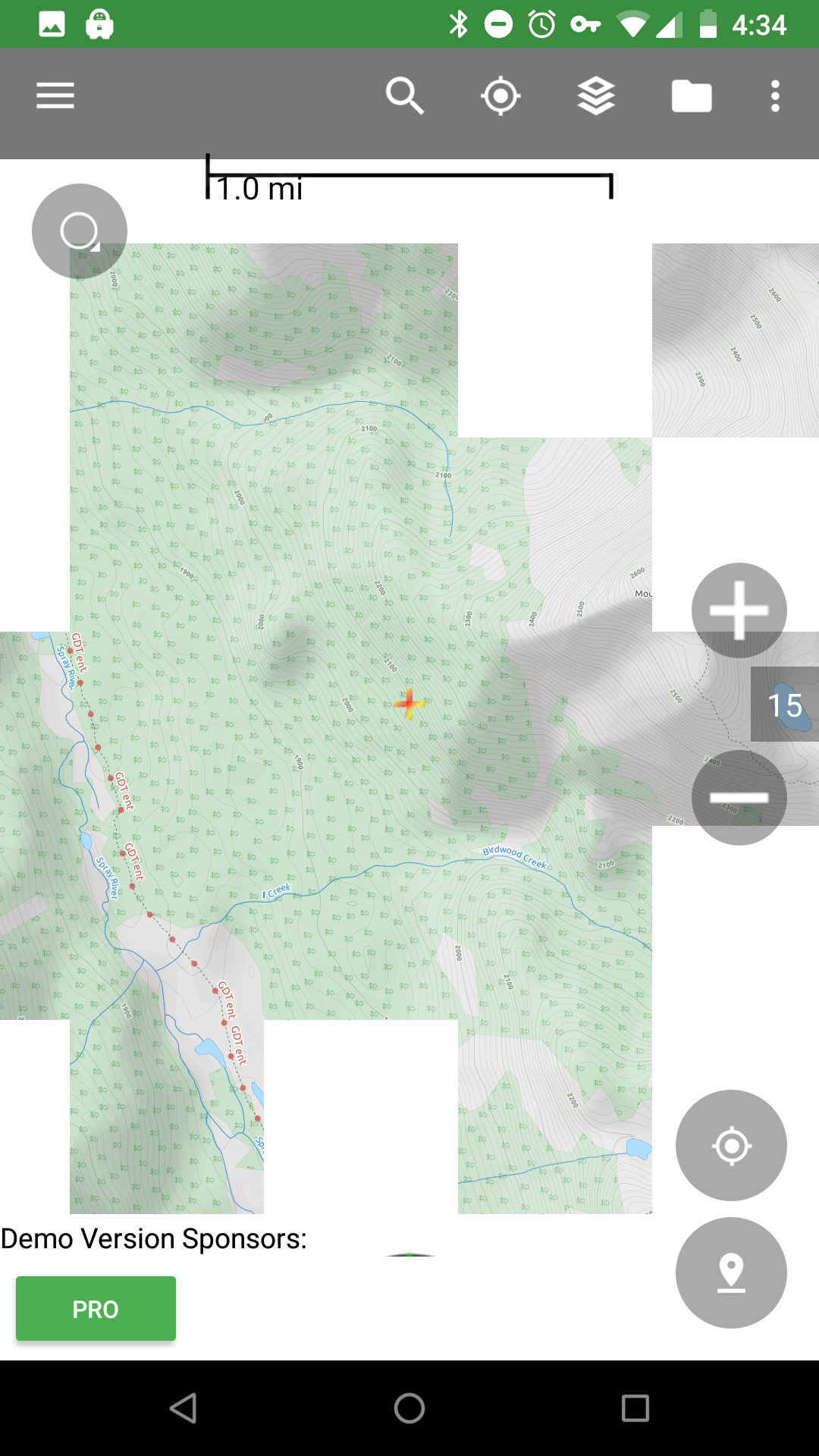

Carry a compass and map(s) if you aren’t sure where you’re going. Moral of the story: don’t rely exclusively on your smartphone as a navigation device. This isn’t very likely if you’ve packed it safely, but it could still happen. I pulled my phone out, and the screen was a bit damp and it wouldn’t boot up! There is also the risk of impact in a crash damaging your phone. This actually happened to me a few years ago – I had a blackberry (old school) in my shell pants pocket, and by the time I got to the top I had worked up quite a sweat. On a warmer day, you might get super sweaty and if your phone is in your pocket it could get wet. In very cold weather, batteries tend not to last very long, especially batteries that are a few years old. There are a bunch of things that can happen that can cause your phone to fail.

Or, if you can afford it, a dedicated GPS device with maps is pretty amazing. Ideally you’ll have a physical map (in a waterproof sleeve or laminated) and a compass as a backup or at least know exactly where you are going. One thing to note before reading on is that mobile phones are not something that should be considered 100% reliable in the backcountry. In this article, we’ll look at and compare two of the premier backcountry GPS apps: Gaia GPS vs Backcountry Navigator Pro. Being able to use your smartphone to see exactly where you are, plan routes, and track your progress is nothing short of amazing.


 0 kommentar(er)
0 kommentar(er)
